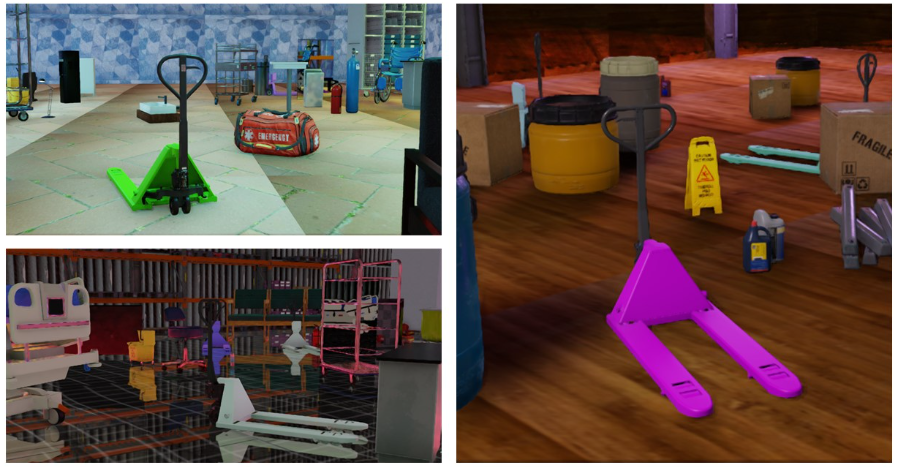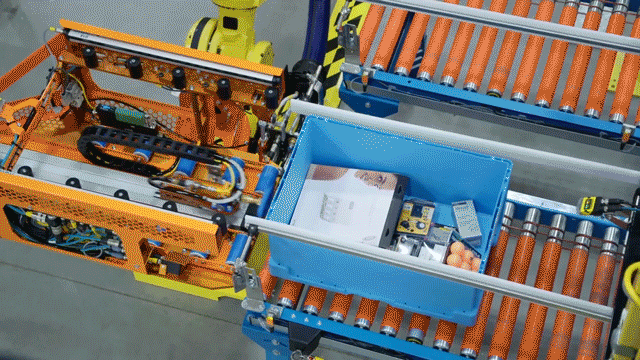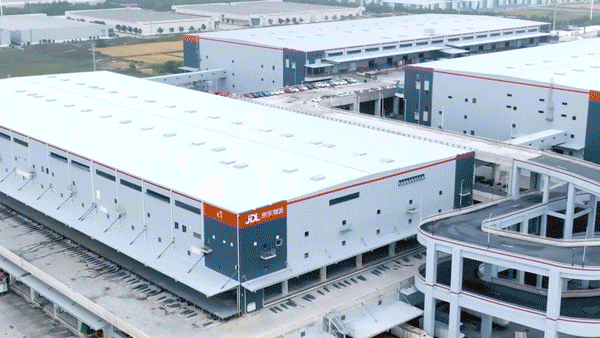Why Companies Are Bringing Software Back On-Prem: Cloud Repatriation and Automation
Major organizations like 37signals and GEICO highlight the economic and strategic reasons to reconsider cloud infrastructure.
The tech world has been abuzz with discussions about cloud repatriation, the practice of moving workloads from public clouds back to on-premises or private cloud environments. Recent moves by major enterprises suggest this isn’t just a theoretical discussion but a genuine strategic consideration for some organizations.
Two recent high-profile cases have brought cloud repatriation into the spotlight. David Heinemeier Hansson (DHH), the founder of 37signals (the company behind Basecamp and Hey), announced their complete exit from AWS, projecting savings of $2 million annually or over $10 million over five years. Their carefully documented journey has sparked intense debate about cloud economics and infrastructure strategies.
In parallel, GEICO, one of the largest automotive insurers in the United States, is actively repatriating many workloads from the cloud as part of a comprehensive architectural overhaul. Rebecca Weekly, GEICO’s VP of Platform and Infrastructure Engineering reveals a sobering reality about their cloud journey: “Ten years into that journey, GEICO still hadn’t migrated everything to the cloud, their bills went up 2.5x, and their reliability challenges went up quite a lot too.”
Cloud Providers Acknowledge the Trend
Even cloud providers are recognizing this shift. In a recent UK Competition and Markets Authority (CMA) hearing, AWS challenged the notion that “once customers move to the cloud, they never return to on-premises.” They pointed to specific examples of customers moving workloads back to on-premises systems, acknowledging customers’ flexibility in their infrastructure choices. Despite hyperscalers’ earnings growing fast, there is a rising concern about the sustainability of that growth.
Why Companies Repatriate
The experiences of both GEICO and 37signals highlight several factors driving repatriation decisions. Storage costs represent a significant concern, with Weekly noting that “storage in the cloud is one of the most expensive things you can do in the cloud, followed by AI in the cloud.” For 37signals, the mounting costs of running their applications in the cloud became increasingly difficult to justify against the economics of owned infrastructure.
Weekly explains that “just running legacy applications in the cloud is prohibitively expensive,” highlighting how lift-and-shift approaches often fail to deliver expected benefits. This resonates with 37signals’ experience, where they found that specific workloads performed more cost-effectively on their infrastructure.
Fear of cloud vendor lock-ins emerges as a third major factor. To mitigate that, organizations often spread data across multiple clouds, resulting in increased operational challenges and reliability issues. Managed database services in the cloud present a deceptively complex form of lock-in through their bundled architecture. When using services like AWS RDS or Azure Database, organizations surrender control over their underlying storage infrastructure — it comes pre-packaged with the cloud provider’s storage solutions.
This bundling means that even if more cost-effective or higher-performing storage options become available, organizations cannot adopt them without completely restructuring their database architecture. Companies cannot implement custom optimization strategies for storage, compute resources, or data tiering, as all these elements must conform to the service provider’s predetermined configurations. As a result, there is a rising trend of companies self-hosting databases in Kubernetes for complete portability.
Context Matters
The decision to repatriate workloads demands careful consideration of several crucial factors. Scale and predictability are vital, as organizations with predictable workloads and stable growth patterns may benefit more from owned infrastructure. Engineering capabilities become critical, as companies need substantial in-house expertise to manage on-premises infrastructure effectively. Cloud repatriation is undoubtedly not for start-ups or scale-ups still on their way to profitability or product-market fit. For such companies, the cloud abstracts all the complexity of IT infrastructure and lets their teams focus on the business challenges.
Investment capacity also significantly shapes these decisions. As Rebecca Weekly states, “There are ways of doing ‘CapEx-heavy’ in an OpEx-fashion on-prem, and most companies in the financial services space are going to be willing to make CapEx investments over a period of time.” This perspective aligns with 37signals’ approach, which views infrastructure as a long-term investment rather than an ongoing operational expense.
Why Companies Are Bringing Automation and Robotic Execution Middleware Back On-Prem: Cloud Repatriation
We’ve witnessed a significant trend reversal in recent months as more companies move critical warehouse middleware back on-premises. While cloud infrastructure initially promised flexibility, scalability, and cost efficiency, many organizations managing high-stakes warehouse execution systems (WES) and orchestration software are finding that cloud-based setups often fall short in performance-sensitive environments.
1. Real-Time Requirements and Latency Sensitivity
Warehouse execution and orchestration software—especially when integrated with advanced automation and robotic systems—demands near-instantaneous data exchanges. Latency issues in the cloud, where data must travel to and from a remote data center, can lead to delayed commands and potential downtime. For companies handling high-volume operations, even milliseconds of delay can lead to bottlenecks, disrupting the entire warehouse workflow. Bringing these systems back on-premises can help companies avoid cloud latency, ensuring seamless communication between software and hardware.
2. Data Privacy and Security Concerns
Handling a company’s most critical data—inventory levels, order flows, and customer information—in the cloud can pose security risks, particularly in industries with strict data protection regulations. By keeping middleware and automation orchestration systems on-site, companies retain full control over sensitive data. On-premises setups help reduce the exposure risk of mission-critical data and make it easier to comply with data security policies.
3. Enhanced Control Over System Customization and Integrations
Warehouse management systems and robotics platforms vary widely in functionality and capability. On-premises solutions often provide more flexibility for tailoring integrations, allowing companies to precisely control workflows, execute commands, and interact with hardware at a granular level. Customizing cloud solutions, on the other hand, often involves navigating third-party vendor policies, which can limit customization options and introduce complexities in real-time automation.
4. Operational Reliability and Business Continuity
Cloud outages are not uncommon, and when they happen, they can put entire warehouse operations on hold. This is a particular concern for companies that rely on continuous production and fulfillment cycles, where any downtime results in lost productivity and revenue. By repatriating critical orchestration software, companies eliminate the dependency on external servers, securing business continuity even if internet connectivity or the cloud provider's servers face disruptions.
5. Managing Costs as Automation Scales
For enterprises with large-scale automation infrastructure, cloud storage and compute fees can accumulate quickly, and fluctuating usage can lead to unpredictable costs. Operating middleware software on-premises offers more control over expenditures, reducing the need for constant bandwidth, data transfer, and storage costs associated with cloud-based systems. As automation scales, many companies find that on-premises setups can yield a more predictable cost structure, helping with budgeting and cost forecasting.
In a landscape where speed, reliability, and control are paramount, cloud repatriation for warehouse middleware isn’t just a cost-saving measure; it’s an operational necessity. As automation grows more sophisticated and complex, companies are recognizing the critical value of on-premises computing, harnessing it to ensure that their advanced robotic and automation hardware operates at peak performance.
Innovation Within Cloud Environments
While the cloud repatriation debate often focuses on the binary choice between cloud and on-premises, there’s a third path emerging: staying in the cloud while embracing alternative technologies and architectures. Cloud marketplaces, such as AWS Marketplace, are fostering a new wave of innovation, offering solutions that can dramatically improve performance and cost-efficiency without the complexity of full repatriation. Organizations can now leverage specialized storage solutions, custom-built database engines, and optimized infrastructure tools within their cloud environment. This approach combines the operational benefits of cloud computing with the performance and cost advantages traditionally associated with on-premises deployments.
For instance, companies can utilize cloud native NVMe-based storage solutions for their database or implement custom database hosting on cloud compute instances using Kubernetes, all while maintaining the cloud’s scalability and flexibility, avoiding any lock-in. This emerging ecosystem of alternative technologies suggests that the future of cloud computing isn’t just about location but about choosing the right tools and architectures within your chosen environment.
Looking Ahead
The cloud repatriation trend highlights a maturing understanding of infrastructure strategy. As the experiences of GEICO and 37signals demonstrate, success depends not just on where workloads run but also on having a coherent, well-planned approach to infrastructure management.
The future isn’t about choosing between cloud and on-premises but making informed decisions based on specific business needs, workload characteristics, and economic factors. Whether an organization stays in the cloud, moves to on-premises, or adopts a hybrid approach should depend on their unique circumstances rather than following industry trends.

















